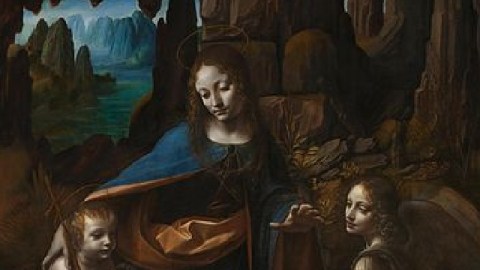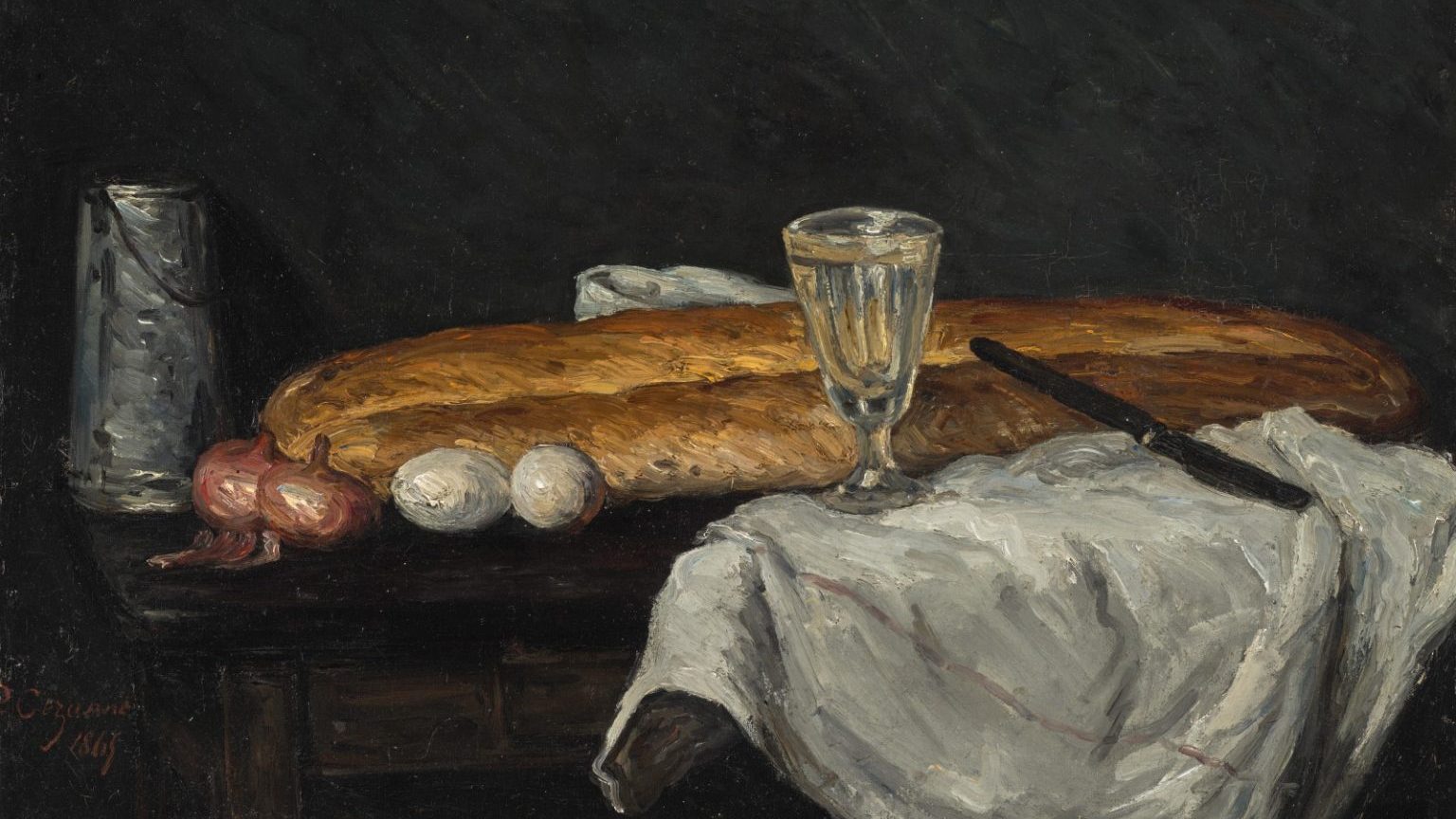da Vinci in London: The Art Revolution Will Be Televised

When Leonardo da Vinci painted at the court of Milan from 1482 through 1499, he contributed to the revolution in seeing we now know as the Renaissance. Lorenzo de’ Medici sent Leonardo as a peace offering to Ludovico il Moro, the Duke of Milan, but the original Renaissance man—painter, sculptor, inventor, architect, scientist, engineer, writer, and much, much more—brought much more than peace to the kingdom. Leonardo da Vinci: Painter at the Court of Milan, a mind-blowing blockbuster of an art exhibition at the National Gallery in London, England, brings together an astounding number of da Vinci’s paintings from this period—more than has been assembled in one place since the days of the court itself. It’s the number 1, must-see show in the world for 2011. But what if you can’t get there? Don’t worry, this revolution will be televised—a revolutionary act itself.
Today, November 8th, when the doors to the da Vinci exhibition open for a sneak peek, the larger public can join in virtually either by watching Leonardo Live at select cinemas in the UK or at home on their cable television. The simulcast, believed to be the first of its kind for an art exhibition, will be handled in movie houses by Picturehouse Entertainment and City Screen, while Sky Arts does the cable and online honors. Before the live simulcast, an 80-minute film about the exhibition produced by Seventh Art Productions presented by art historian and broadcaster Tim Marlow will give the background of the show before the doors “open,” so to speak. Among the highlights of the show are Leonardo’s The Lady with an Ermine, Saint Jerome, a life-size replica of The Last Supper (which, obviously can’t be moved), and both versions of The Virgin of the Rocks (the Louvre’s and the National Gallery’s newly restored own, detail shown above), brought together for the first time ever.
It’s the next best thing to being there, I guess. For art nerds such as myself, the prospect of an early peek at such an astounding exhibition seems irresistible. And yet, I don’t know if the same thrill of “being there” can be reproduced on a big or little screen. Aficionados preach endlessly that you need to be physically there to appreciate art in the fullest sense—to see the size (or lack of) in the flesh, to truly comprehend that these are made by human hands, and to see the minute details almost certainly lost through electronic transmission. But this simulcast seems to be part of the new wave of the virtual museum experience spearheaded by the high-resolution digitization of museum collections. That virtual openness allows art and culture to cross all kinds of barriers of space, time, and opportunity. Even the poorest kid in a third-world nation given access to the Internet can tour a museum in a distant land and see things beyond his imagination that will stretch his imagination for a brighter future.
It will be interesting to see how popular and powerful this da Vinci experience is for the public in the theaters and watching the “telly” at home. I doubt something like this could be profitable for artists not in the top tier of the public consciousness such as da Vinci. The charm of this experiment, as I imagine it sitting here in an office in the United States, unable to look in, seems to be the public nature of the cinema version, as opposed to the online version. Classical music concerts and opera are already being simulcast to theaters in the United States (to varying degrees of success), thus bringing big city cultural prizes to Smalltown, USA. Those experiences are more than just looking at a screen, to me. Part of the experience is experiencing it with other people—feeling the pulse of the audience as your own pulse quickens. As much as I love consuming culture online, it remains a solitary existence. If Leonardo Live is a smash, maybe da Vinci can add another cultural revolution to his resume by bringing people together in a new, old-fashioned way.
[Image:Leonardo da Vinci. The Virgin of the Rocks (detail), 1495-1508. National Gallery, London.]





